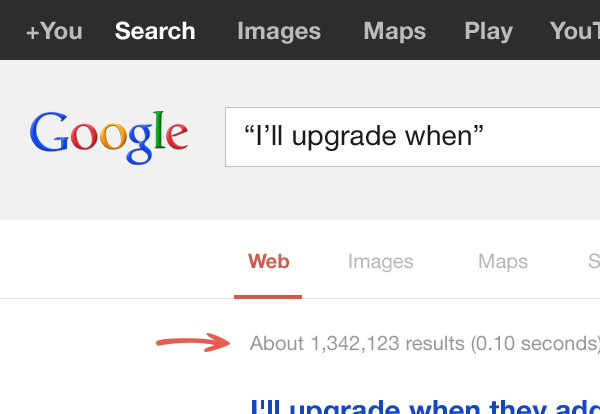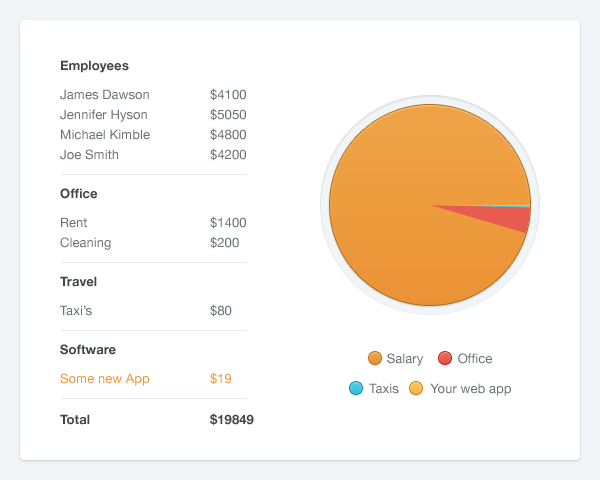4 pricing principles to never forget
- Fahad H

- May 21, 2013
- 5 min read
Most businesses are eventually faced with the key question: How much should we charge? There’s no one true answer. There are no gurus. There’s just you, your financials, and the need to make money.
The common mistakes are:
Believing everyone should be happy to pay for your product.
Believing there is some mythical “perfect” price which extracts maximum revenue from every single customer.
Believing product pricing can never be changed once chosen.
Delaying charging indefinitely as a result of 1, 2 and 3.
The vicious cycle is that the longer you wait before charging, the scarier the challenge gets.
Joel Spolsky explains why there’s no good “right” price in his seminal article Camels and Rubber Duckies, and Jason Fried’s strong concise advice of put a price on it, and see what happens, cuts through a lot of the meandering and explains that though you’ll never find the right answer, you should start with something that isn’t $0 and you’ll learn plenty. This is a great approach to get pricing initiated.
Dozens of entrepreneurs have weighed in on pricing, and there seem to be a few common lessons that all have learned in hindsight. None of these can answer the “what to charge” question, but they will give you guidance on the most important pricing principles to never forget.
1. Charge earlier than you’re comfortable with

This is especially useful in the early days of product development, when you’re guided by customer feedback. Customers who don’t pay for software, or who want big discount codes on a $9 per month plan, are the wrong ones to take feedback from. As a rule of thumb, feedback from non-paying users tends to focus on additions to the product. Feedback from paying customers focuses on improvements to the product.

Customers who “will buy it when it…” are like the pot of gold at the end of every rainbow. They look super valuable, but they’re always one feature further away than you had thought.
2. Charge more than you’re comfortable with

A four person company is a ‘small’ company by anyone’s standards. Typically this puts them on most products “small”, or sometimes free plan. But their monthly outgoings are going to be at least $16K. This puts $19 per month plan in perspective. I know startups charging engineering teams in IBM $19 per month for software that is embedded in the workflow of dozens of their employees.
If your software is critical in a company’s processes and you charge less than their morning coffee run, something has gone wrong.
3. Justify (or kill) your lowest plan

A lot of web applications include a bottom-of-market plan at $5 or $9 per month. This price plan is included to back-up the “affordable for everyone” claim that sounds so nice to say.
Costs like hosting, salaries, etc. are spread across all customers, but some costs are fixed per customer, such as Cost Per Acquisition (CPA) and Cost To Serve (CTS). Customers on your $9 plan cost just as much to acquire and are often just as expensive to serve as customers on your $49 plan. Adii Pienaar of WooThemes solved this problem by refusing to support non-paying customers. If they’re not willing to pay you, then they’re not your customers.
It’s generally accepted that you can’t grow a software business charging only $5 per month, so the chief argument in favour of the bottom tier is always that “these guys will move up through the plans”. In practice, that’s not likely when the bottom tier is super cheap. There’s two problems here: churners and low earners.
Churners and Low Earners
The bottom tier of any product pricing grid experiences the highest churn. Intuitively this makes sense; small early stage businesses are more likely to fail than larger established ones. This means that most of the businesses you’re subsidising at the low end are going to disappear. In many cases you won’t ever recover your CPA, let alone ever make any money.

These customers are also the least likely to upgrade. Tiny companies do occasionally grow into large customers, but more often than that, they stay where they are as small customer paying you $9 per month. You’re not in the business of investing in the future potential of businesses. You’re in the business of making money today. Lots of companies have killed off their bottom price plan after this realization only to see support costs go down, and revenue go up. Win win.
In short, never include a price plan that you couldn’t run your business off.
Note, this is different to offering a free plan. A free plan is designed to create limits that will be crossed by active users. Typically these limits based on capacity (e.g. store up to 2GB) or specific features. Sometimes free plans are restricted to certain types of customer, e.g. non-profit, open-source, etc. This is a purely marketing exercise, to gain word of mouth, and should be measured as such.
4. Plan on changing prices

As you improve your product by adding features, speeding it up, improving the UI, or through various other means, it’s worth asking yourself some questions. “Are we delivering more value than we were 2 years ago?”, “Are our new customers less price-sensitive than previous ones?”, “Has our marketing improved?”. If the answers are consistently “yes”, it’s worth revisiting your pricing. In this regard you should always document the state of a product when you alter prices, as it makes comparisons easier (e.g. “People were already signing up for $49 last July before we had a calendar or any time tracking features”).
The fear of changing your prices often is actually the fear of complaints. Grandfathering avoids a lot of this, as current customers are unaffected for a period of time, and new customers will know no different.
The power of good pricing principles

Nothing impacts your bottom line better than improving your product pricing. Two independent studies by McKinsey & A.T. Kearney , both concluded that a 1% increase in pricing affects a company’s profits more than any other change. In short, of all the things you can spend time tweaking, pricing will yield the best return. For some reason deploying your product and never changing it seems ludicrous, yet deploying your pricing and never changing it doesn’t.
No silver bullet
There’s no magic formula for pricing in Excel. The main thing to get right, is to divide your product pricing along some axes of value received. Make sure new customers can afford to get on board, but also that customers who extract the most value pay the most money (e.g. big teams, big companies, big dependencies etc.). If you get that right, then you’re halfway there, and that’s as close as most people get.








Comments